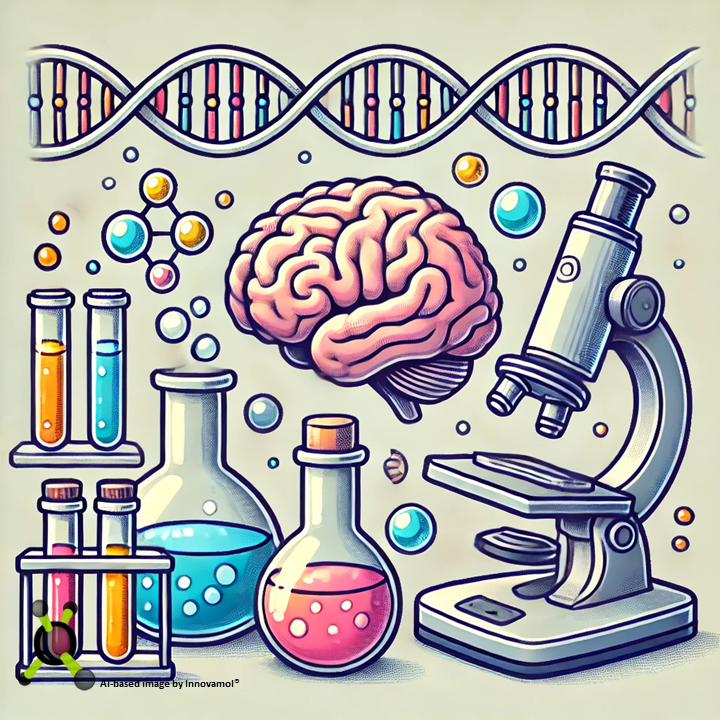Our team has been recently involved in an ambitious new project in collaboration with the European Chemicals Agency (ECHA), dedicated to advancing human health and environmental safety. This project represents a crucial step forward in addressing some of the most pressing challenges in modern toxicology and chemical hazard assessment. By contributing with our expertise in human health sciences, we aim to support ECHA’s mission to ensure a high level of protection for people and the environment while promoting innovation in the chemical industry.
The focus of this project is the evaluation and mitigation of the risks posed by industrial chemicals, biocides, and pesticides, with a special attention on critical areas such as reproductive toxicity, including neurotoxicity and immunotoxicity. These are areas of increasing concern as the potential long-term impacts of chemical exposure on human health come in the spotlight. By examining how chemicals affect learning, memory, immune system development, and reproductive health, we will work to provide scientific insights promoting safer chemical design and robust regulatory frameworks.
ECHA’s commitment to the 3Rs principle—reduce, refine, and replace animal testing—represent another focal point on the significance to this project. Our work will involve the employment of innovative alternative testing methods, such as in vitro (cell-based) and in silico (computational) models, to reduce reliance on animal testing while ensuring high scientific standards. These advanced methodologies will allow the simulation and prediction of chemical interactions with human biology, offering faster, more ethical, and more cost-effective approaches to hazard identification. Additionally, we will play a role in reviewing and refining existing testing methods, analysing complex toxicity data, and developing guidance for future studies to enhance their regulatory and scientific reliability.
This collaboration also aligns closely with the ambitious goals of the EU’s Chemicals Strategy for Sustainability (CSS), a cornerstone of the European Green Deal. The CSS seeks to create a future where chemicals are safer for people and the planet. Through this partnership, we will face scientific challenges that sustain key regulatory objectives, such as reducing hazardous chemical exposure, enhancing risk assessment processes, and fostering sustainable innovation in the chemical sector. By addressing knowledge gaps and advancing novel approaches, this project will help drive Europe’s transition towards a more sustainable economy.
“On ne remarque jamais ce qui a été fait; on ne voit que ce qui reste à faire” (One never notices what has been done; one can only see what remains to be done) – Marie Curie

